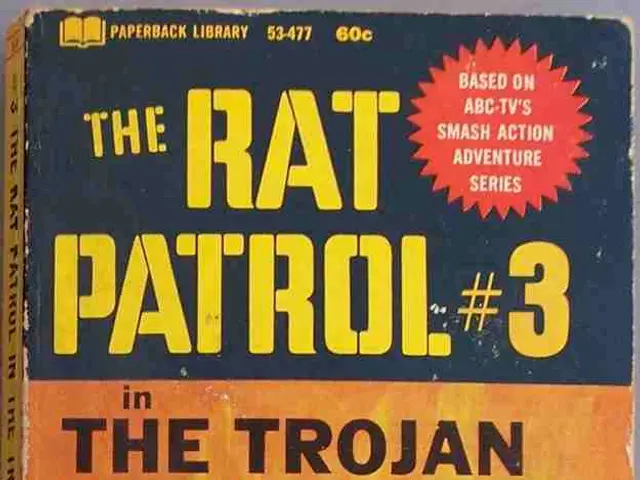Guide for capturing optimal Perseid meteor photos despite moonlight interference during this year's show
Photographing the Perseid meteor shower during a full Moon can present challenges, but with the right strategies, you can still capture stunning images. Here's a guide to help you navigate these conditions.
Positioning and Framing
Position yourself with the Moon behind or hidden, such as behind trees, hills, or buildings, to reduce moonlight glare and lens flare in your images and improve meteor visibility. Aim your camera about 30–40° away from the radiant, roughly about 40° above the northeastern horizon, pointing eastward and upward. This avoids the Moon in the field of view and captures longer meteor trails that skim the sky at an angle.
Exposure and Timing
Use short exposures or stop exposure immediately when a meteor appears to avoid overexposing the image from moonlight, since meteor trails usually last less than a second but bright moonlight can wash out the rest of the frame. Plan to shoot during early evening before moonrise or later when the Moon wanes a few nights after peak, if possible, to reduce moonlight interference, though meteor rates may be lower then.
Equipment and Settings
Use fast, wide-angle lenses (e.g., f/1.8-2.8, 14-20mm focal length on full-frame) and sturdy tripods to capture sharp, bright meteor streaks despite the moonlight. Mounting the camera on a stable platform, preferably a tripod, is advisable for meteor photography. A lockable remote shutter release is necessary for continuous shooting in meteor photography.
Consider long integration times with multiple exposures stacked, taken earlier in the month or away from peak Moon brightness, to capture more meteors in composite images. Setting the camera's ISO to 1600-3200 is advisable for meteor photography, but it may need to be lowered depending on the results.
Additional Tips
Understand moonlight causes two issues: it overexposes areas near the Moon and limits exposure times for other sky parts to avoid washout. Adapting exposure time and composition is key. Reducing exposure time increases the noticeability of the gap interval between shots.
Wrapping the lens with a band heater, often sold in astro-imaging dew-heater kits, can be a solution for preventing dew on the lens during meteor photography. Pre-focusing at infinity and setting the lens to be wide open (lowest f/ number) is recommended for meteor photography. Taking a test shot is important for adjusting the exposure time and ISO in meteor photography.
Advanced Techniques
Using two cameras with out-of-sync shooting sequences can cover the sky at all times during meteor photography under bright moonlight.
In sum, adaptation by avoiding direct moonlight, careful framing away from the Moon, timing shots strategically, and optimizing exposure settings are crucial to successfully photograph Perseids in a bright full Moon environment. The peak of the Perseid meteor shower is on 12 August, so plan your shoot accordingly!
Read also:
- Electric trikes hit the streets of Lagos, Nigeria, as Olympian Usain Bolt's company unveils its line of electric tricycles.
- Microsoft collaborates with Univers to enhance AI for energy conservation in data centers
- BC Hydro Expands Electric Vehicle Fast-Charging Stations by Triple in One Year, Aims to Reach 800 Charging Ports by 2026
- Advanced radar technology capable of intercepting nearby mobile phone conversations, presenting fresh privacy concerns.






